How to Perform Similarity Transformations: Step-by-Step Guide
In the intricate world of geometry, transformations play a pivotal role. They allow us to visualize, understand, and describe changes in the position, size, and orientation of figures. Among these transformations, 'Similarity Transformations' stand out as fascinating tools that change the size but not the shape of figures. They preserve angles, parallel lines, and proportions. Ready to dive deeper? Let's unravel the world of Similarity Transformations and their applications.
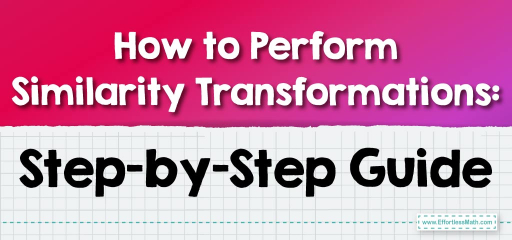
Step-by-step Guide: Similarity Transformations
Basics of Transformations:
Transformations in geometry refer to operations that alter the position, size, or orientation of a figure. These can include translations (slides), rotations (turns), reflections (flips), and dilations (resizing).
Defining Similarity Transformations:
Similarity transformations are a subset of transformations that change the size of a figure without changing its shape. The primary similarity transformation is dilation.
Dilation – The Core of Similarity Transformation:
Dilation is a transformation that produces an image that is the same shape as the original, but is a different size. It involves enlarging or reducing a figure proportionally.
- Center of Dilation: A fixed point in the plane.
- Scale Factor: The ratio by which a figure is enlarged or reduced. A scale factor greater than \(1\) results in an enlargement, while a scale factor between \(0\) and \(1\) results in a reduction. The formula for dilation from a center point \((x, y)\) with a scale factor \(k\) is:
\( (x’, y’) = (x \cdot k, y \cdot k) \)
Examples
Example 1:
A rectangle has vertices at \(A(2,3)\), \(B(8,3)\), \(C(8,6)\), and \(D(2,6)\). Find the vertices of the rectangle after a dilation with a scale factor of \(2\), centered at the origin.
Solution:
Using the dilation formula:
\( A'(4,6), B'(16,6), C'(16,12), ) and ( D'(4,12) \).
Example 2:
A triangle has vertices at \(P(1,1)\), \(Q(4,1)\), and \(R(2,5)\). Determine the vertices of the triangle after a dilation with a scale factor of \(0.5\), centered at the origin.
Solution:
Applying the dilation formula:
\( P'(0.5,0.5), Q'(2,0.5), \) and \( R'(1,2.5) \).
Practice Questions:
- A square has vertices at \(E(3,4)\), \(F(6,4)\), \(G(6,7)\), and \(H(3,7)\). What are the vertices of the square after a dilation with a scale factor of \(3\), centered at the origin?
- A rhombus has vertices at \(I(-2,3)\), \(J(2,5)\), \(K(4,3)\), and \(L(0,1)\). Determine the vertices of the rhombus after a dilation with a scale factor of \(0.25\), centered at the origin.

Answers:
- \(E'(9,12)\), \(F'(18,12)\), \(G'(18,21)\), and \(H'(9,21)\)
- \(I'(-0.5,0.75)\), \(J'(0.5,1.25)\), \(K'(1,0.75)\), and \(L'(0,0.25)\)
Related to This Article
More math articles
- Is the ACCUPLACER Test hard?
- Intelligent Math Puzzle – Challenge 79
- How to Use Grids to Multiply One-digit Numbers By Teen Numbers
- When do the ACT Scores Come out?
- 4th Grade Wisconsin Forward Math Worksheets: FREE & Printable
- How to Add and Subtract Functions? (+FREE Worksheet!)
- The Ultimate 7th Grade AZMerit Math Course (+FREE Worksheets)
- 8th Grade New York State Assessments Math Worksheets: FREE & Printable
- Top 10 Tips You MUST Know to Retake the ATI TEAS Math
- Matching a Model with a Ratio












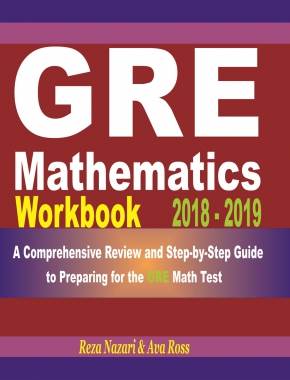
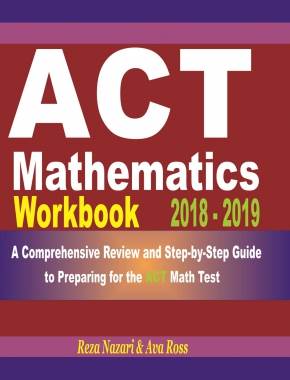









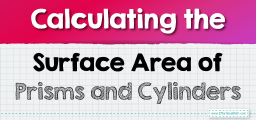
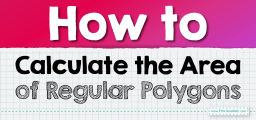

What people say about "How to Perform Similarity Transformations: Step-by-Step Guide - Effortless Math: We Help Students Learn to LOVE Mathematics"?
No one replied yet.